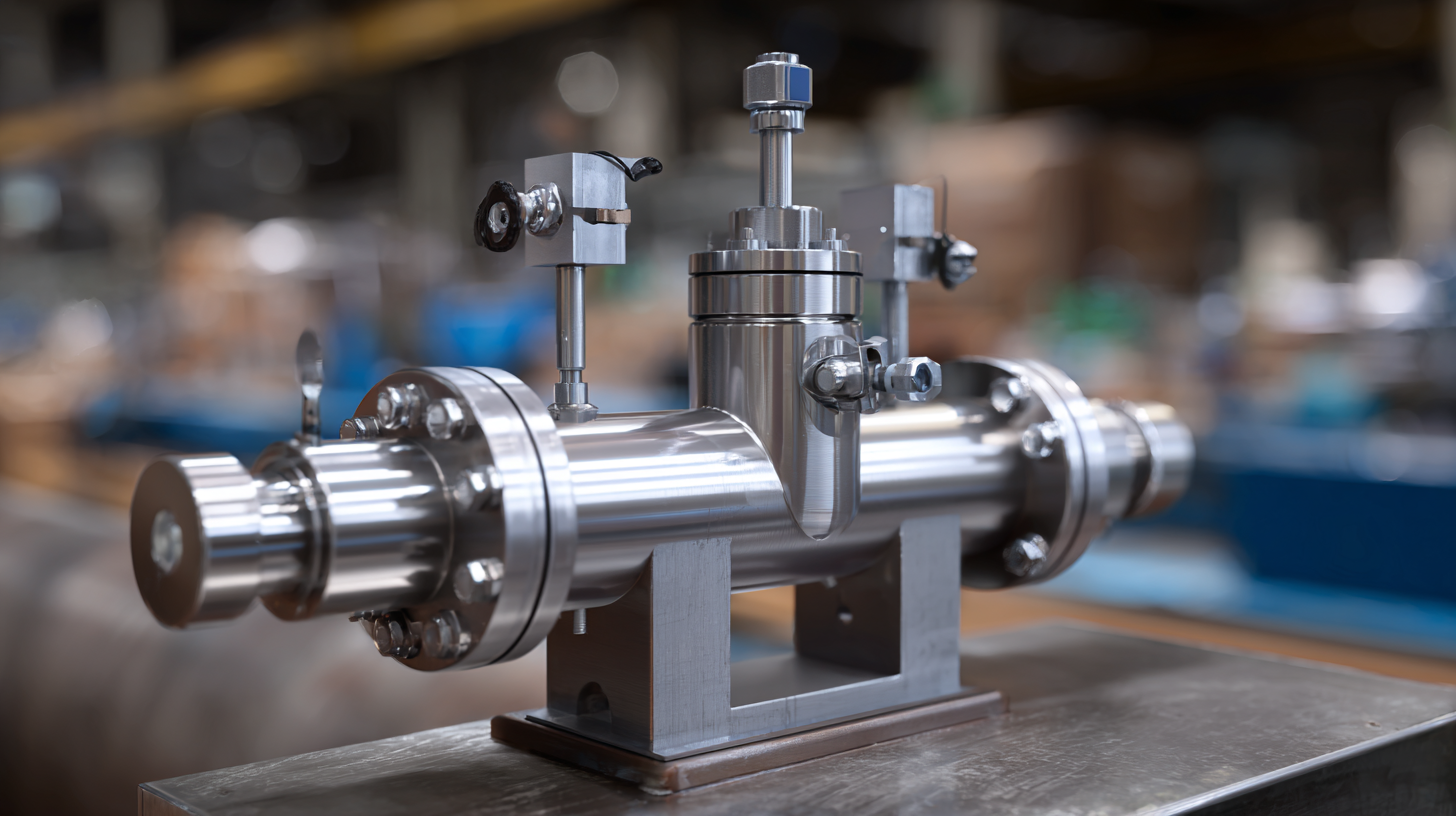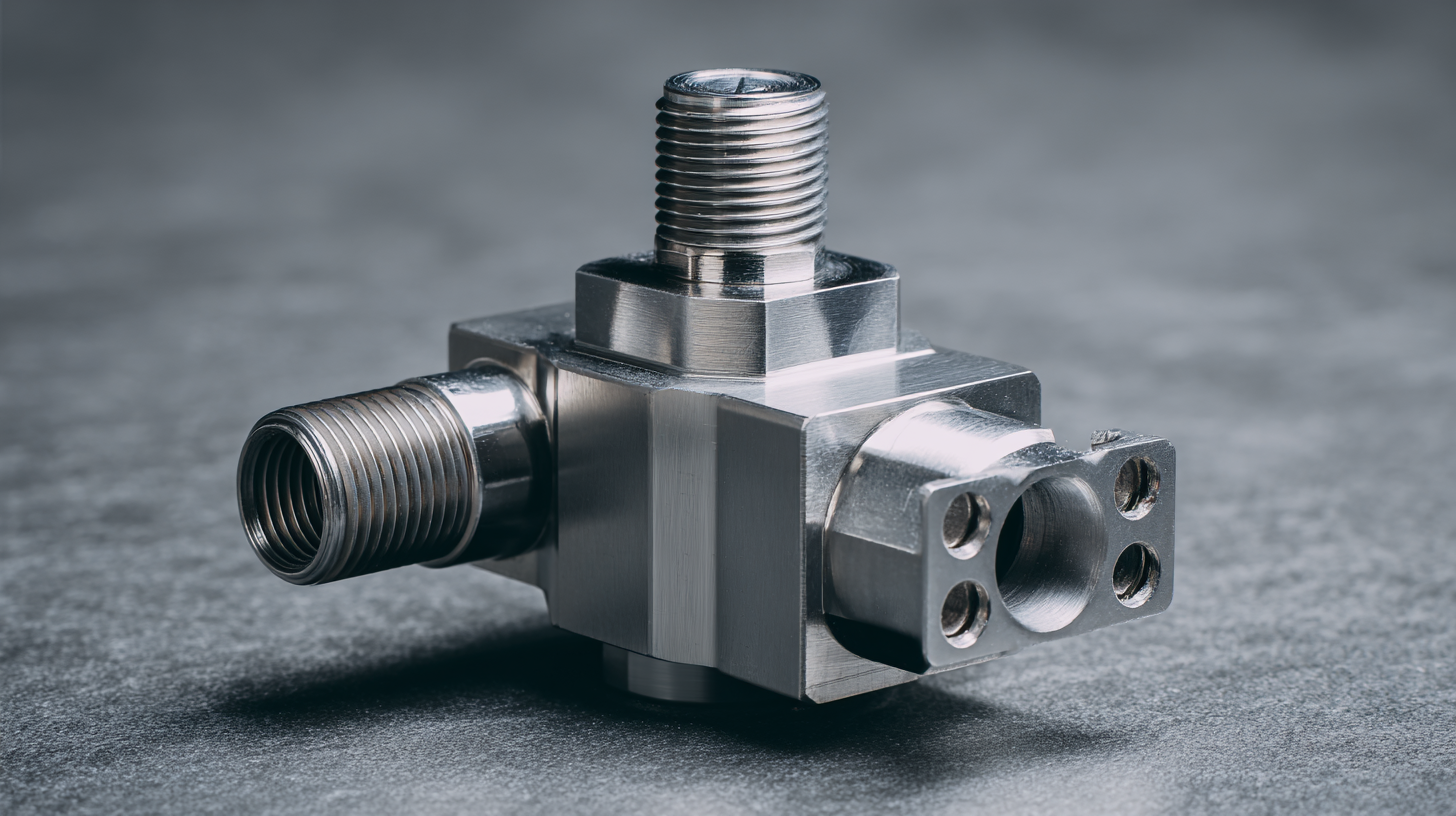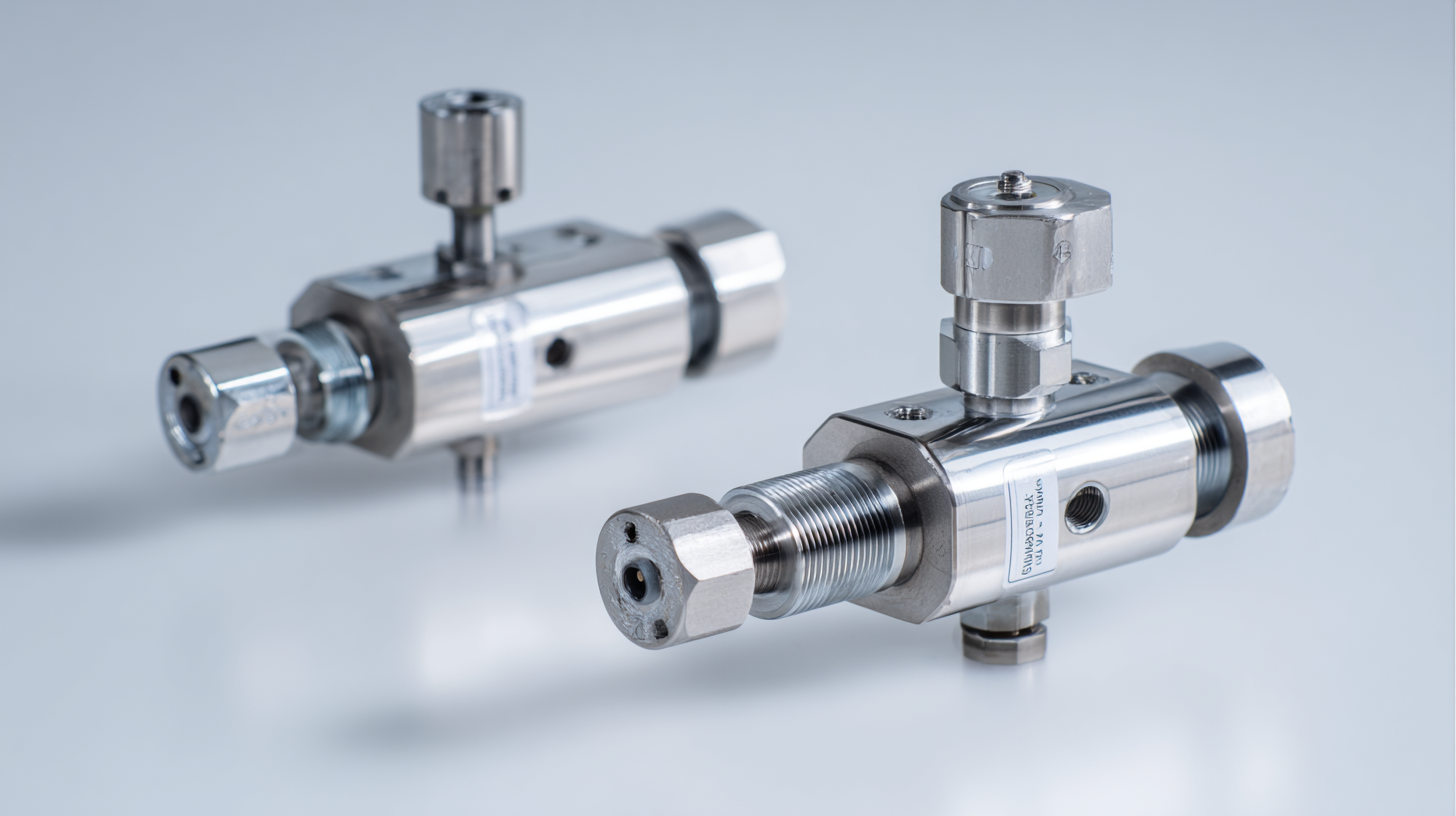Unlocking Precision in Fluid Dynamics with the Best Liquid Flow Control Valve Technical Specifications and Best Practices
The field of fluid dynamics is poised for significant advancements in the coming years, particularly with the evolution of technologies that enhance precision in controlling liquid flows. As industries increasingly rely on efficient and reliable systems, the importance of selecting the right liquid flow control valve cannot be overstated.

This blog will explore the technical specifications that define the best liquid flow control valves available in 2025, along with best practices for their implementation and operation. We will delve into emerging trends that are shaping the future of flow control technology, offering insights into how these innovations can optimize processes across various applications.
Whether you are an engineer, technician, or decision-maker in the fluid dynamics sector, understanding these developments will be crucial in navigating the landscape of liquid flow management with expertise and confidence.
Understanding Liquid Flow Control Valves: Key Technical Specifications You Should Know
When it comes to optimizing fluid dynamics, understanding the technical specifications of liquid flow control valves is crucial for achieving high precision in various applications. Key specifications include the flow coefficient (Cv), pressure drop, and the valve’s material composition. According to a report by the International Society for Fluid Dynamics, proper selection of these parameters can enhance system efficiency by up to 30%. For instance, the Cv value indicates the valve's capacity to allow flow; higher Cv values generally correlate with better flow capacity, making it essential for achieving desired flow rates without excessive pressure loss.
Furthermore, the valve's pressure rating is another critical specification that determines its suitability for specific applications. A recently published study in the Journal of Hydraulic Engineering highlighted that valves rated for higher pressure operations can prevent system failures and ensure safety in high-stakes environments. Additionally, material selection directly impacts durability and compatibility with various liquids, emphasizing the importance of materials that resist corrosion and wear, especially in industries dealing with harsh chemicals. By focusing on these vital technical specifications, engineers can make informed decisions that lead to enhanced system performance and longevity.

Top 5 Best Practices for Selecting Liquid Flow Control Valves in Fluid Dynamics
When selecting liquid flow control valves for fluid dynamics applications, several best practices can significantly enhance performance and reliability. Firstly, it's essential to evaluate the specific requirements of your fluid system, including flow rate, pressure, and temperature. Understanding these parameters will help you choose a valve that can operate effectively under the expected conditions without risking damage or inefficiency.
Another critical practice is to consider the material compatibility of the valve with the fluid being transported. Different liquids can react differently with various materials, leading to corrosion or degradation over time. Ensuring that the valve's construction matches the chemical properties of the fluid will help prevent premature failures. Finally, consulting with the manufacturer about their technical specifications and any available performance data can provide valuable insights and help you make a more informed decision that aligns with industry standards.
Evaluating Performance: How to Measure Precision in Liquid Flow Control Valves
 When evaluating the performance of liquid flow control valves, precision measurement becomes paramount. A recent industry report indicates that achieving an accuracy level of ±0.5% is essential for ensuring optimal fluid dynamics in various applications, from chemical processing to hydraulic systems. To measure this precision, it is critical to utilize reliable instrumentation, such as electromagnetic flowmeters and ultrasonic sensors. These tools are recognized for their ability to deliver high-resolution data, which is vital for fine-tuning flow rates and minimizing inconsistencies in fluid delivery.
When evaluating the performance of liquid flow control valves, precision measurement becomes paramount. A recent industry report indicates that achieving an accuracy level of ±0.5% is essential for ensuring optimal fluid dynamics in various applications, from chemical processing to hydraulic systems. To measure this precision, it is critical to utilize reliable instrumentation, such as electromagnetic flowmeters and ultrasonic sensors. These tools are recognized for their ability to deliver high-resolution data, which is vital for fine-tuning flow rates and minimizing inconsistencies in fluid delivery.
Moreover, it's essential to consider the valve's response time and hysteresis as these factors directly influence flow precision. Research conducted by the Fluid Control Technical Society found that valves with a hysteresis of less than 2% typically demonstrate a significant improvement in maintaining set flow rates under varying operational conditions. Best practices suggest regular calibration and maintenance of flow control systems, ensuring that the valves operate within their specified performance thresholds. By prioritizing these measurement techniques and practices, industries can achieve unparalleled efficiency and precision in their fluid dynamics applications.
Top 3 Features That Enhance the Efficiency of Liquid Flow Control Valves
When selecting liquid flow control valves, understanding the top features that enhance their efficiency is crucial. One of the most important characteristics is the valve design that minimizes cavitation and noise. A noise-reducing two-stage cage control valve is engineered to address these issues, allowing for a controlled flow with minimal turbulence. This feature not only enhances the operational lifespan of the valve but also ensures a quieter environment, which is particularly beneficial in sensitive applications.
Another key feature to consider is the flow characteristic curve. Many noise-reduction valve cages struggle to maintain equal percentage flow characteristics across various media, which can impact performance. For optimal results, manufacturers should focus on developing valve designs that harmonize noise reduction with effective flow control. This requires balancing technological advancements with practical application insights.
Lastly, regular testing and validation in laboratory settings can provide valuable data on how these valves perform under different conditions. Implementing rigorous testing methods can further enhance the reliability and efficiency of liquid flow control valves, ultimately leading to better performance in industries reliant on precise liquid management.
Common Mistakes to Avoid When Using Liquid Flow Control Valves in Your Applications
When working with liquid flow control valves, avoiding common mistakes is crucial for ensuring optimal performance and efficiency in your applications. One frequent error is selecting the wrong valve type for a specific fluid dynamics system. Each type of valve has unique characteristics, and misjudging these can lead to inefficient flow regulation and increased operational costs. Always consider the fluid properties, pressure requirements, and flow rates to choose the right valve for the job.
Another mistake to steer clear of is improper installation. Valves should be installed according to the manufacturer's guidelines; failing to do so can lead to leaks, cavitation, or even total valve failure. It's essential to ensure the correct orientation, tightening of connections, and necessary support structures are in place during installation.
Finally, regular maintenance is often overlooked. Neglecting to check valves for wear, debris accumulation, and functionality can result in unexpected downtime and costly repairs. Schedule routine inspections and consider implementing a monitoring system to keep an eye on valve performance. Following these tips can significantly enhance the longevity and efficiency of your liquid flow control systems.
Unlocking Precision in Fluid Dynamics with the Best Liquid Flow Control Valve Technical Specifications and Best Practices
| Parameter | Specification | Best Practices | Common Mistakes |
|---|---|---|---|
| Flow Rate | 0.1 - 500 GPM | Select valves rated for expected flow | Using incorrect sizing |
| Pressure Rating | Up to 300 PSI | Ensure compatibility with system pressure | Ignoring pressure limits |
| Material | Stainless Steel, PVC, Brass | Choose materials based on fluid type | Using incompatible materials |
| Control Type | Manual, Automatic, Electronic | Select based on application needs | Not considering automation requirements |
| Size | 1/2" to 6" | Match valve size to piping dimensions | Failing to match valve and pipe sizes |
